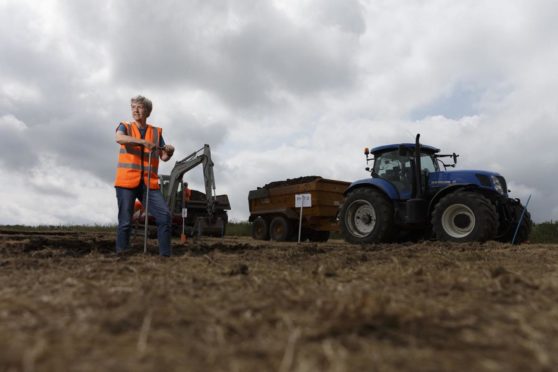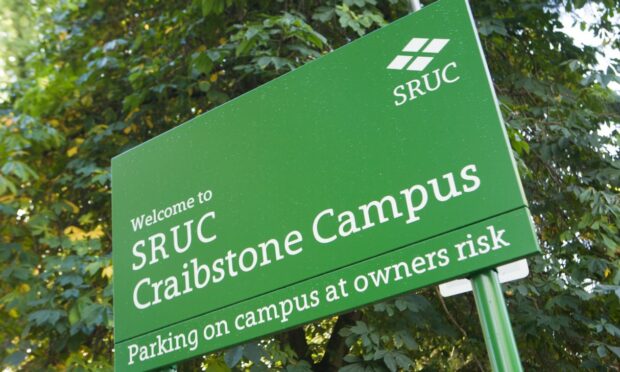Hundreds of tonnes of precious soils from an experimental field on the outskirts of Aberdeen are being relocated by Scotland’s Rural College (SRUC).
The college is moving around 450 tonnes of soil from its experimental Woodlands Field at its Craibstone Campus, near Aberdeen, a mile along the road to a a field at Ashdown owned by the University of Aberdeen.
The soil at the field, which has been home to a pH gradient rotational experiment since 1961, is being moved to make way for housing and SRUC said its relocation will “preserve the unique historical legacy of the soil’s management.”
Over the past 60 years the soil has been maintained at different pH levels varying from 4.5 to 7.5 to provide a unique facility for investigating how soils, plants and microbes work together to influence productivity and to explore carbon dynamics in soils.
Once relocated the soil will be used for new research, in a partnership between SRUC and the University of Aberdeen, to better understand the relationships between acidity, carbon and nutrient dynamics, and to help researchers design agricultural systems with lower greenhouse gas emissions.
The new research partnership will be called the Aberdeen Cropping systems Experimental (ACE) platform and the two institutions hope to develop and fund additional crop and soil experiments at the new site.
“This is a unique opportunity to build on the heritage of decades of experimentation at Craibstone in a way which allows us to combine modern experimental design and unique soil microbiomes to address critical questions around the role of soil health in future agricultural systems,” said Professor Christine Watson from SRUC, who is leading the ACE project.
“The partnership with the University of Aberdeen brings together a strong team of plant and soil scientists with the capacity to bring national and international research funding to this new experimental platform.”
‘Excellent resource’
Professor Paul Hallett, who co-ordinates the MSc Soil Science course at the University of Aberdeen, said the new platform would provide an excellent resource for researchers and industry to tackle the challenges of climate change and the threat of soil degradation on food security.
He said: “Through this partnership with SRUC our teaching and research on these important topics will benefit considerably.”
Former SRUC student and award-winning Aberdeenshire farmer Scott Campbell, from I & N Campbell Excavations at Kirkton of Kinellar, is overseeing the transportation of the soil from Craibstone to Ashdown.
He said: “This is by far the most complex topsoil movement we’ve ever done, but the team at SRUC has done an excellent job of marking out and labelling everything, while Iain and Neil Campbell’s experience has helped greatly with the accuracy required. It’s taken 125 loads but we’ve been very lucky with the weather.”

